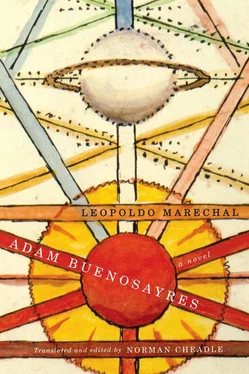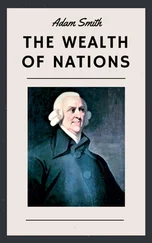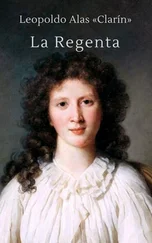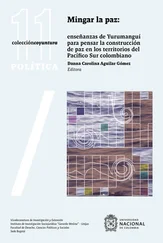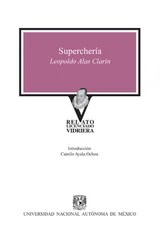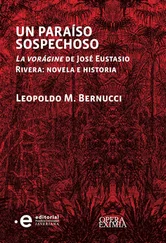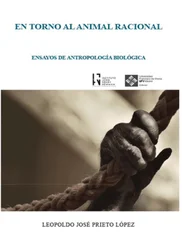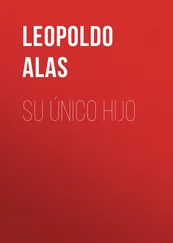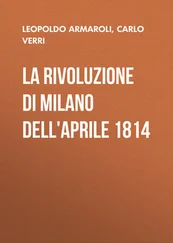2 In the original Spanish: Aquella , the demonstrative pronoun in the feminine form. The form aquel (feminine aquella ) marks a strong deictic distance from the position of enunciation. A literal translation would be “That [Feminine] One Yonder” (i.e., “over there” or “out there,” or perhaps “up there”).
3 Navascués ( AB 31 and 482n) attributes the image of the soul’s spiralling movements to Marechal’s reading of Pseudo-Dionysius the Areopagite (5–6th century CE), a Byzantine Christian author heavily influenced by Neoplatonism. Later, in Book Seven, Schultz employs the spiral motif in his design of Cacodelphia.
4 “Woman, why weepest thou?” ( KJV John 20:13, 15). The question is put twice to Mary Magdalene when she visits Jesus’s tomb. Thanks to Sheila Ethier for pointing out this biblical allusion.
5 In chapter XIV of Vita nuova , “a friend” takes Dante to a place where many beautiful women are gathered, and then Beatrice shows up (Dante 573). The friend in Vita nuova is traditionally considered to be Dante’s mentor, the poet Guido de Cavalcanti (1250?–1300), referred to earlier, in chapter III of Dante’s text, as “the first among my friends” (Dante 564). In Adam’s Notebook, the friend may be an idealized version of Samuel Tesler, with whom Adam has earlier discussed love, philography, etc. Later, Adam capitalizes Friend, as though to indicate a sort of Platonic ideal of the friend. Navascués ( AB 498n) recalls the Friend as Love’s counsellor in the Roman de la Rose (circa 1230), a work probably known by Dante and definitely by Marechal.
6 “Entre mujeres alta ya, / la niña quiere llamarse Viento.” First lines of Marechal’s poem “De la adolescente” [On the Adolescent Girl] in Odas para el hombre y la mujer (1929) ( OC I, 142).
7 Entre San Pedro y San Juan / hicieron un barco nuevo: / las velas eran de plata, / los remos eran de acero .” A traditional Argentine children’s song, which continues: “Saint Peter was the pilot, / Saint John was a sailor, / and the captain-general / was Jesus of Nazareth” (qtd. in Barcia 648n).
8 The question of gender in Adam’s Notebook is a fascinating one. The soul who narrates her “spiritual autobiography” is clearly cast as feminine, but in this passage there is a sudden shift to a masculine subject position of enunciation.
9 Belgrano is a barrio in the northern part of Buenos Aires, bordering on the river (Río de la Plata). The barrancas , “ravines,” were formed by the action of the river. The Plaza Barrancas de Belgrano is an elegant park.
10 For Fernanda Bravo (155), “Friend” in this passage refers to Dante himself.
11 The line comes from Marechal’s poem “Niña de encabritado corazón” [Girl of Rebellious Heart] in Odas para el hombre y la mujer (1929).
12 As Nicola Jacchia (437n) points out, the phrase seems an allusion to Matthew 8:22 (“Follow me; and let the dead bury their dead,” KJV ); cf. Luke 9:60.
13 Barcia (668n) points out the intertextuality between this dream-vision and a poem by Marechal titled “Descripción de un sueño” [Description of a Dream], published in 1928 in the Buenos Aires magazine Síntesis and not collected in any of his books. Adam’s vision and the poem share the theme of the corpse of the beloved being transported in a rowboat to its final destination, as well as many specific images. But, instead of the Christ-like man of Adam’s vision, in the poem an angel speaks to the poet: “ El amor es la vid que se riega en exilio / con el agua y la sal de los ojos llovidos. / Más allá de tus ojos colgarán los racimos ” ( OC I, 486; Marechal’s italics) [Love is the vine that is nourished in exile / by the water and salt of weeping eyes. / Beyond your eyes will hang the bunches of grapes].
14 The image of the Beloved being “nourished” by the substance or heart of the Lover occurs in the first sonnet of Dante’s Vita nuova (chapter III), where the allegorical figure of Love gives the poet’s bleeding heart to his beloved “as nutrition” (Dante 563). The same Dantean passage, no doubt reinforced by his reading of Adán Buenosayres , can be discerned in the penultimate sentence of the introductory “Liminar” of Cervera Salinas’s El síndrome de Beatriz : “With the serpent devouring the centre of her heart, Beatrice, in her eternal misfortune or in her throne of light, nourishes the healthy soul and feeds upon the soul that is sick” (34; my translation).
15 This last sentence of the Blue-Bound Notebook serves as the third of three epigraphs to Abelardo Castillo’s novel Crónica de un iniciado [Chronicle of an Initiate] (Buenos Aires: Emecé, 1991): “rosa evadida de la muerte, rosa sin otoño, espejo mío, cuya forma cabal y único nombre conoceré algún día, si, como espero, hay un día en que la sed del hombre da con el agua justa y el exacto manantial.”
BOOK SEVEN
1 Navascués ( AB 509n) finds in the original manuscript the terms Cacópolis and Calípolis (“ugly city and beautiful city”). Formed by analogy with Philadelphia (“city of loving brothers”) are the names Cacodelphia (“city of ugly brothers”) and Calidelphia (“city of beautiful brothers”).
2 Ulysses descends into Hades in Book XI of the Odyssey , Aeneas in Book VI of Virgil’s Aeneid .
3 The “visible” and “invisible” Buenos Aires alludes to Eduardo Mallea’s notion of a visible and invisible Argentina in his well-known essay Historia de una pasión argentina (1937). In Mallea’s conceit, the visible Argentina was false, inauthentic, and degraded, while the invisible Argentina was the true, spiritual nation. Schultz/Marechal complicates this scheme considerably.
4 The Tabarís was a storied cabaret on the avenida Corrientes in Buenos Aires, famous for dancing and prostitution, and frequented by artists and international celebrities. Nowadays it is a review theatre.
5 Dante Alighieri’s Inferno , the first part of The Divine Comedy trilogy, is the structural model for the parodic “Journey to Cacodelphia.” Virgil, the old-world Latin poet, plays the role of guide to the poet Dante. The reader familiar with the Inferno will recognize allusions to it in many Cacodelphian episodes.
6 To Barcia (678n), this spell appears to be Marechal’s invention, but Jacchia (446) considers it to be from an invocation of the Celtic goddess (or god) Cerunnos.
7 Logistilla is the good fairy in Ariosto’s Orlando furioso (see 651n41).
8 Various names or designations for the Old Testament Yahweh (Barcia 678n), but Jacchia (447) finds this incantation in a medieval manuscript, L’Opération de sept esprits des planètes , conserved in the Bibliothèque de l’Arsenal in Paris.
9 A reference to the medieval Spanish folk character of the crone and procuress, who by antonomasia came to be known as La Celestina. La Celestina is a secondary character in the Tragicomedy of Calisto and Melibea (1499), by Fernando de Rojas, but the resourceful crone stole the show, as it were, and the play came to be popularly known as La Celestina . The skill set attributed to Doña Tecla is that of La Celestina — in particular, the art of sowing up the broken hymen of deflowered virgins in order to refit them for marriage.
10 These tongue-twisters in English (taken from English Tongue Twisters ) do not replicate those in the Spanish original, which Navascués ( AB 516n) qualifies as jitanjáforas or playful nonsense (see 660n8). Adam, however, qualifies this wordplay as folklore.
Читать дальше
